5. El Topo (dir, Alejandro Jodorowsky, 1970)
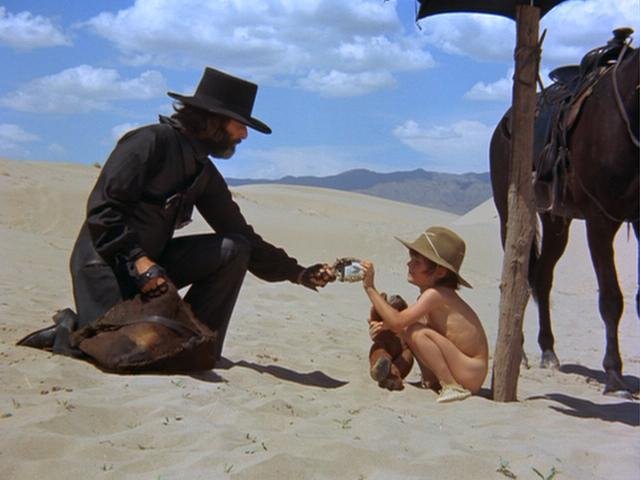
El Topo (The Mole in English, portrayed by Alejandro Jodorowsky) is a black-clad gunfighter who is travelling through the desert with his son Hijo (Brontis Jodorowsky as a young boy and Robert John as a grown man) in search of redemption and enlightenment. During this journey, he challenges four profound Zen masters to fight him, all of them losing but all of them teaching him some kind of lesson.
Jodorowsky is the writer and director of this acid western and also stars in the film, for which he wrote the musical score as well. “El Topo” is a film that cherishes raw violence like a true western, including scenes like a brutal raping Jodorowsky actually performed to actress Mara Lorenzio, a fact which has raised controversy upon the film and the Chilean-French filmmaker himself.
In spite of its hard western core, “El Topo” overflows with various symbolism drawn from religious and philosophical fields, blending Eastern and Western elements together with sperms of occult black magic. Beautifully shot and arranged, it balances masterfully between arthouse and exploitation, not lying clearly under any of those two descriptions. And perhaps that’s where its charm lies. Because in the end, without knowing exactly why, it is enchanting.
What looks like a complex vision and has been described as confusion can in fact be watched as the surrealistic fantasy that it is probably meant to be. Movies like “El Topo,” as well as some other works from Jodorowsky’s avant-garde filmography are best experienced and felt as a whole, as a united artistic entity. And perhaps sometimes, the hidden meanings are supposed to stay hidden and work on a subliminal level, rather than being the subject of intellectual segmentation and explanation. Often enough, what is bewildering to the mind can be hedonistic to the senses.
4. Suspiria (dir. Dario Argento, 1977)
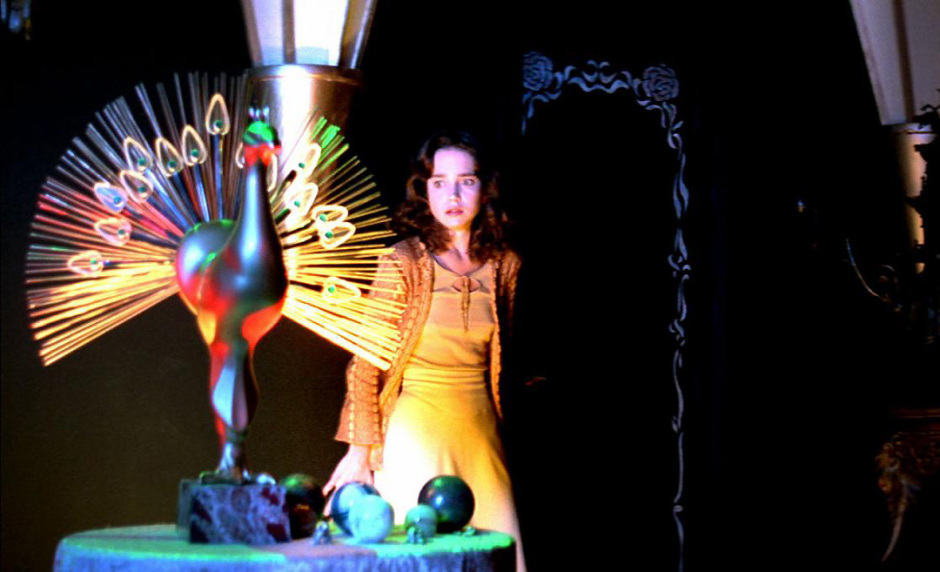
Suzy (Jessica Harper) arrives from New York at Tanz Dance Academy, a prestigious ballet school in Freiburg, to study dance. Even from the moment of her arrival on a really stormy night, it is evident that something is up with this school. Strange events and behaviors occur over the next few days.
There is a rather mysterious and eerie atmosphere surrounding the place. Suspicious murders start taking place one after the other, and eventually Suzy begins to realize that there might actually be something much more scary and sinister going on at the Academy than she could imagine.
Dario Argento’s film, which was partially based on Thomas De Quincey’s 1845 “Suspiria de Profundis” (“Sighs from the Depths”), is a horror film like no other you have seen. Like most people of my generation (that is, people born in the 90s), before watching “Suspiria” for the first time a few years ago, my expectations were already set high and I was genuinely curious to see what it is that makes this film hold such an enormous cult status among horror fans and cinephiles – if not among everybody. The film was more impressive than what I could have possibly imagined.
The film’s witchcraft theme and Harper’s character being based on the tale of Snow White, reveal Daria Nicolodi’s (who co-wrote the script) and the Italian director’s interest in fairytales and the occult. The outcome is a gruesome horror film, full of suspense, with its almost gory murder scenes presented in the most artistic way possible. It’s a film of style.
With Luciano Tovoli’s amazing cinematography, vibrant colors, camera movement and other impressive effects, the film is absolutely visually stunning. From the first minute, one is captured by the dreamlike atmosphere, the intensity of which never decreases until the end. And of course, Goblin’s imposing musical score plays an important role at building the film’s unique atmosphere.
Whether a fan of horror, cult, astonishing-looking films, 70’s classics or other preferences and tastes, as far as I’m concerned, to this day “Suspiria” has not disappointed anybody.
3. Lucifer Rising (dir. Kenneth Anger, 1972)
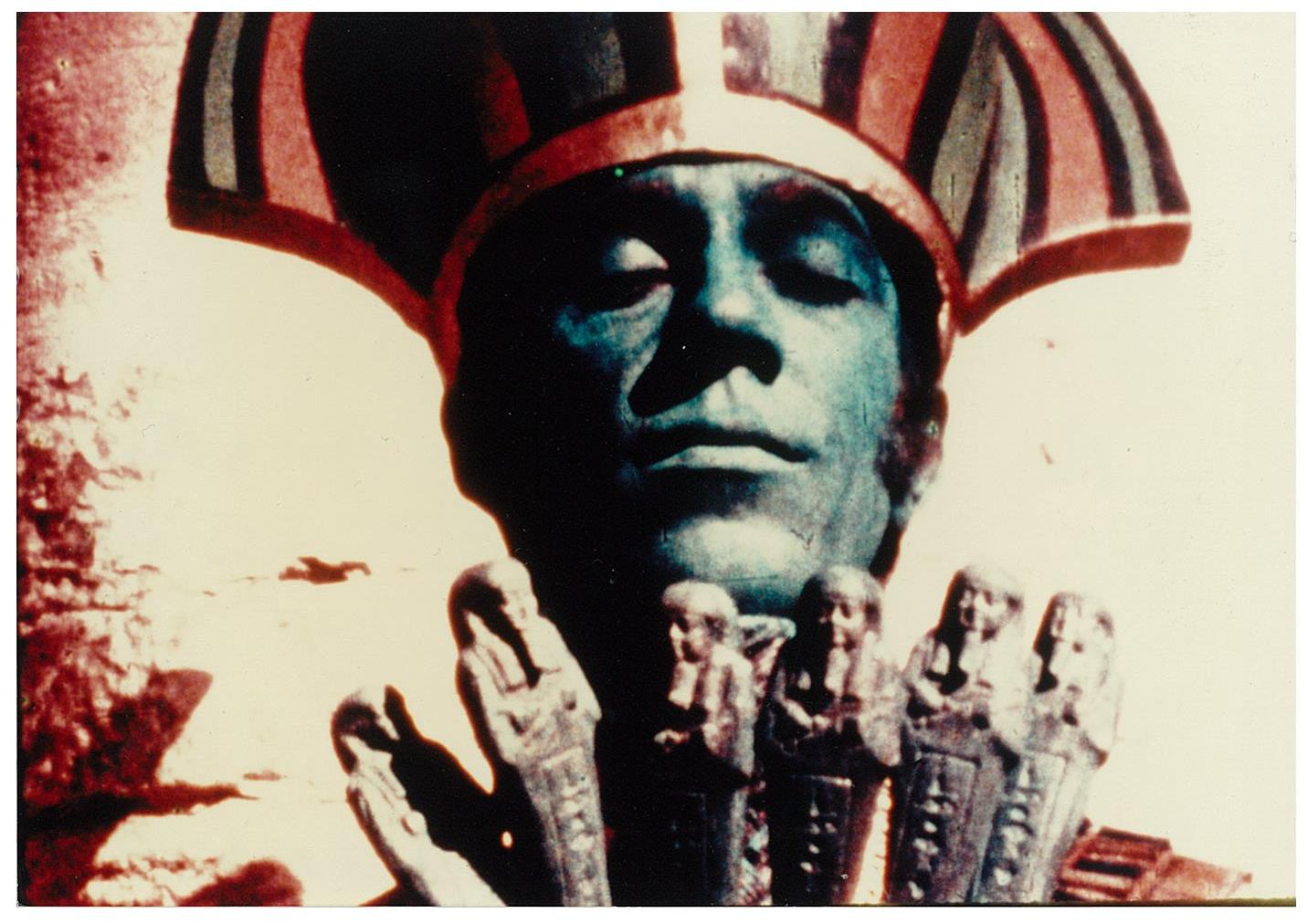
The Egyptian gods summon the angel Lucifer in order to induct a new occult age, based on the principles and practices of OTO (Ordo Templi Orientis), an occult fraternal order of which Aleister Crowley was among its most famous members.
Underground filmmaker Kenneth Anger has been deeply fascinated by Crowley and his religious cult “Thelema” and the occult in general, influences that are evident in his filmmaking and “Lucifer Rising” in particular. He had been a member of OTO for several years as well.
“Lucifer Rising” is an alluring combination of occult religious symbolisms, paganistic motifs, poetic scenes of striking colors, black magic, imposing scenery, all of which is entirely psychedelic and in itself magical. It seems like the whole film is a mystical ritual. A ritual of awakening, where life and death are tangled together and ultimately combined to give birth to something as ultimate as the new world, the New Age, embodied by Lucifer’s rising. Anger’s Lucifer is not a force of evil, but rather a force of love.
The ambient, spacey score composed by Bobby Beausoleil while still in prison adds a lot to the film’s spiritual sense and hypnotic, captivating atmosphere. Jimmy Page had originally composed a much more eerie (but still awesome) soundtrack for the film, which Anger ultimately rejected.
Although it’s only 30 minutes long, after seeing it you have the feeling that you have watched a feature. Rich in meaning and symbolism, “Lucifer Rising” is a spiritual experience that exceeds simple film-watching – it will blow your mind.
2. The Color of Pomegranates (also known as Sayat Nova, dir. Sergei Parajanov, 1969)
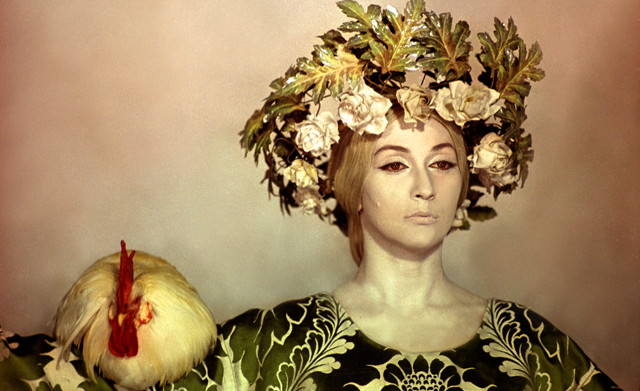
“The Color of Pomegranates” is a Soviet biographical film on the life and work of the Armenian poet and troubadour of the 18th century, Sayat Nova. A biography, but not really a biography. As it is also stated at the film’s opening, it doesn’t constitute an attempt to tell the story of the poet’s life literally.
It is rather the subjective view of the filmmaker’s own meditation on Sayat Nova’s work and life story, in terms of the feeling he gets from it. Therefore, in his film he tries to recreate the poet’s inner world while bearing in mind the symbolism and allegorism associated with the tradition of medieval Armenian troubadours and the Armenian culture and religion.
Parajanov was very much inspired by Tarkovsky’s “Ivan’s Childhood” and considered him, as he had stated, to be his teacher and mentor (although a decade younger than Parajanov) and the one to have helped people decipher the poetic metaphor. He created a highly poetic avant-garde masterpiece, which has been called “a cinematic Holy Grail.”
“The Color of Pomegranates” is a non-narrative, abstract, visionary cinematic piece of extreme beauty. Its atmosphere is mesmerizing and hypnotic, and the film’s images are of such delicacy and aesthetic superiority that it’s impossible to convey.
Part of the audience has claimed the film is not easy to access and understand, if you don’t have an existing idea of what you are about to watch. Although that is true to some extent, Parajanov’s cinematic language may seem complex, but is actually very simple and original.
Like other so-called incomprehensible avant-garde filmmakers like Terayama and Jodorowsky, he tells his story in a less descriptive way, speaking mainly with his images, sounds and ambience. “Sayat Nova” is a picture meant to be fully experienced with one’s senses, not approached with one’s mind, if I am allowed the expression.
1. Pastoral: To Die in the Country (also known as Pastoral Hide and Seek, dir. Shūji Terayama, 1974)
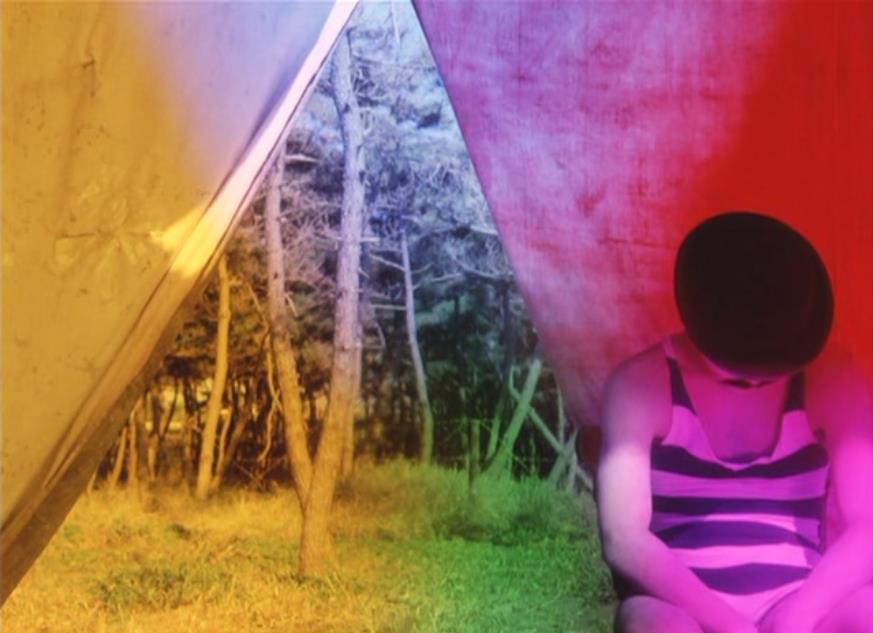
A film director (Kantaro Suga) is working on a film using themes and events of his own childhood. During this process, we witness his journey in his unconscious and memories of the past as a young boy (Hiroyuki Takano).
In order to face his demons of the past, he encounters himself 20 years ago as a white-faced boy living in a village at the Japanese countryside together with his mother, who is overly attached to him. The boy is in love with his next-door neighbor and the circus and can’t wait to grow up and leave. The man is trying to change his past (that is his memories and their aftermath) in an attempt to liberate himself in the present and move on.
In “Pastoral: To Die in the Country” we have a very simple story, around which a palette of ideas and sentimental transitions unfolds – not an uncommon thing to find in great works of Japanese cinema. The storytelling of this film, autobiographical of its director up to an extent, is nonlinear. Past and present, thoughts and repressed feelings, poetry and film, philosophy and art intertwine in this surreal collage of images, colors and sounds. Memories are rewritten, fantasies are brought to life, the unconscious becomes conscious knowledge in a cinematic work of art of astonishing aesthetics and rare sentimental power.
The view is very personal, yet it’s so easy for the viewer to identify themselves with the universal tale of torment by one’s past. For Terayama, we have control. We will grow up when we “kill” our parents and accept. And our past and present are what we make of them.
Terayama is a filmmaker not appreciated perhaps as much as he deserves in the West, as he hasn’t drawn as much attention as other great Japanese directors have. That might be because of the controversy of some of his earlier works, or his surreal style.
Nevertheless, to his devoted audience, the Japanese master of the avant-garde, who was also a poet, writer and photographer, has created some of the most original and spectacular films of world cinema. “Pastoral: To Die in the Country” is one such film, a truly poetic masterpiece, a work of art of almost incomparable sensitivity and beauty. And it should be mandatory watching. It is what somebody could call “real cinema.”
Author Bio: Danae is a cinephile from Greece. She studied Psychology and loves watching movies.